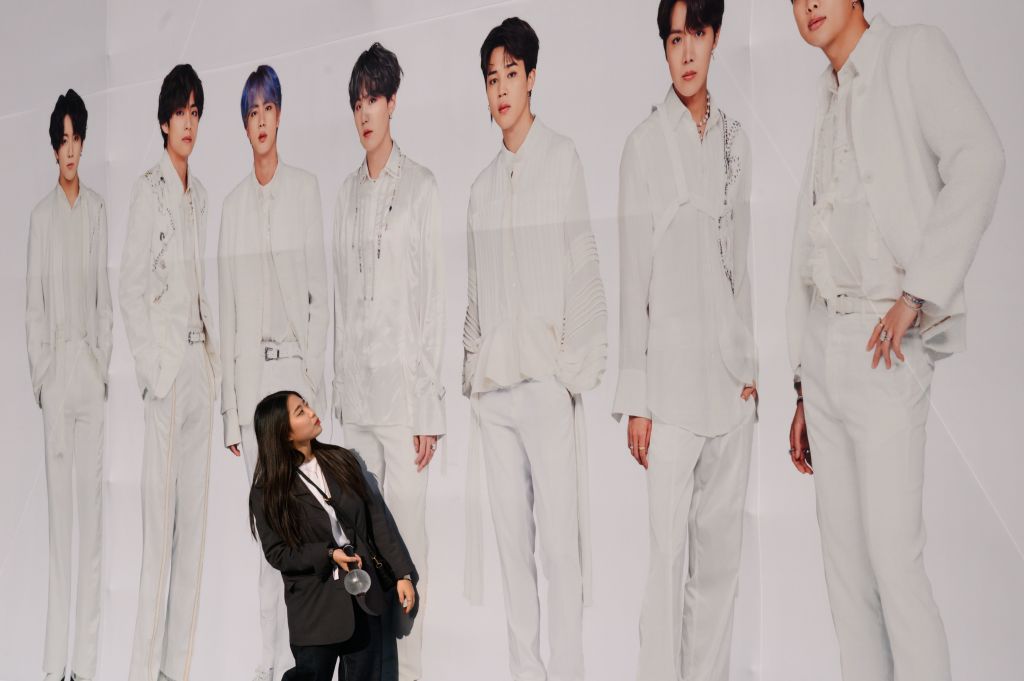Culture matters in the Independent Intelligence Review 2024

Workplace culture is important. It’s time to examine it in the National Intelligence Community (NIC).
Research shows that people surrounded by behaviour contrary to organisational values are 47 per cent more likely to engage in unethical behaviour. Another finding is that average teams outperform those dominated by unpleasant superstars. We also know that high-level executive thinking is impaired under stress—not exactly ideal for human brains that rely on snap judgements, bias and decision-making shortcuts, and much less so in high-stakes intelligence analysis and reporting.
In contrast, a consciously designed high-performing team environment can set the right conditions. This may be a culture that challenges cognitive biases, fosters candour, increases accountability and drives diversity of thought. The right team culture can also help retain and grow personnel and drive shared purpose and understanding of workers’ roles, cultivating agency reputations as employers of choice.
But, working environments in the NIC can lack transparency. They are often hidden away in agency basements and secure zones. Notwithstanding formal oversight from the Inspector-General of Intelligence and Security, some NIC workplaces can be isolated from public view, and therefore be more susceptible to developing internal cultural practices that would not be accepted elsewhere. The 2024 Independent Intelligence Review, whose report has not yet been published, presents the perfect opportunity to evaluate the NIC’s cultural positioning in the evolving security environment, paying due attention to employees, their working conditions and psychological well-being.
It comes as no surprise that NIC agency internal cultures have been hidden from scrutiny for decades. The NIC is a black box, where culture has been understood in the context of legislative compliance, workforce attraction, and the post-9/11 mantra of ‘interagency cooperation’. The 2017 Independent Intelligence Review implied that recruitment and retention were a key focus area for the NIC, but it failed to fully consider how culturally astute leaders and supportive team cultures support this outcome.
First and foremost, intelligence analysts and other NIC workers are people, humans under sustained pressure. Intelligence work is demanding, unglamorous and at times emotionally draining. The work routinely exposes analysts to the worst humanity has to offer. This sets the conditions for highly capable, but increasingly desensitised teams. We can’t change our high expectations of the NIC workforce, but we can embed supportive cultures that enable our people to perform at their best. In short, culture should be considered a fundamental input to capability for supporting the NIC in their missions.
The report of the Royal Commission into Defence and Veteran Suicide released this year highlighted the tension between ‘as-designed’ and ‘in-practice’ cultures. As a complex and fluid human system, culture requires deliberate nurturing. NIC agencies must be held to account by meaningful workforce culture reporting obligations, and teams should be empowered to develop mentoring, recognition of performance, and practical examples of good behaviour.
To be fair, the NIC and Defence are getting better at this, and their maturity around diagnosing issues related to culture has been improving. Also, from the outside we can see some culture-improving initiatives, including the NIC careers website addressing myths among potential recruits and the Office of National Intelligence’s initiative to bring therapy dogs into the office. But we hope more has been done in the 2024 review to recognise productive working cultures as an enabler of performance. The importance of culture in the NIC should be expressed at the top, through the 2024 review.
We cannot afford not to get NIC cultures right. Their workers need to be empowered in psychologically comfortable, high-performing teams to drive informed, defensible, resilient and scalable intelligence outcomes.





